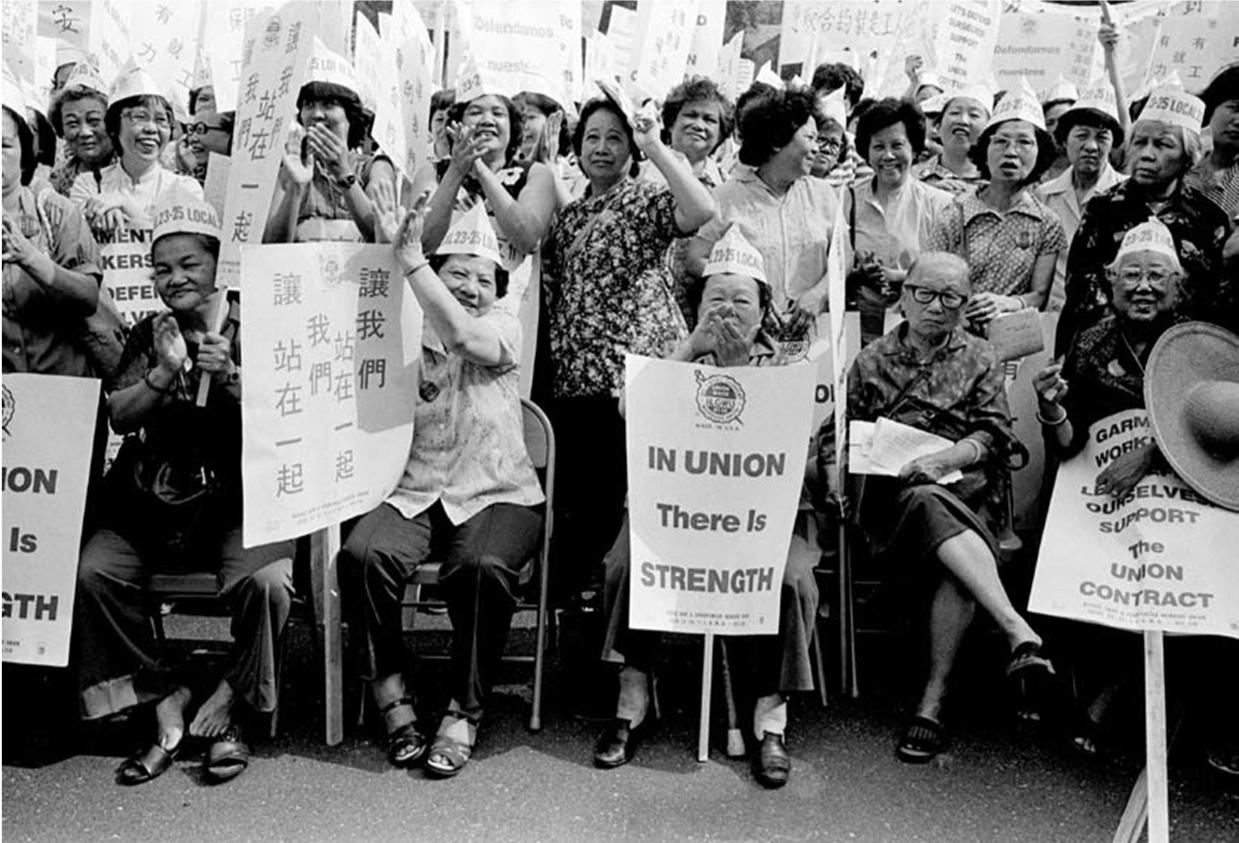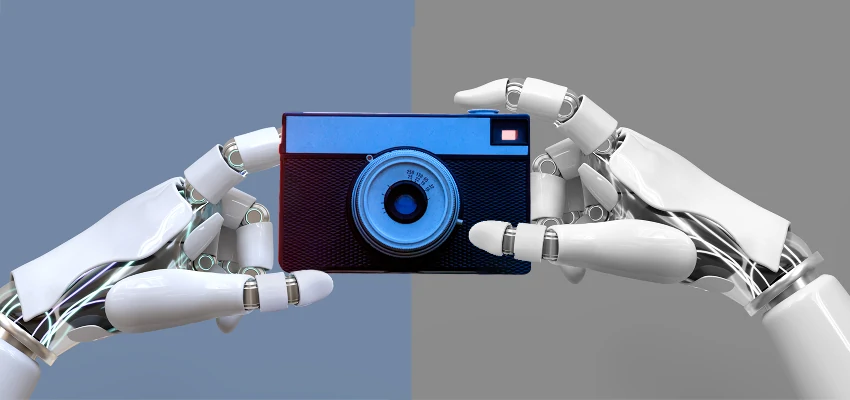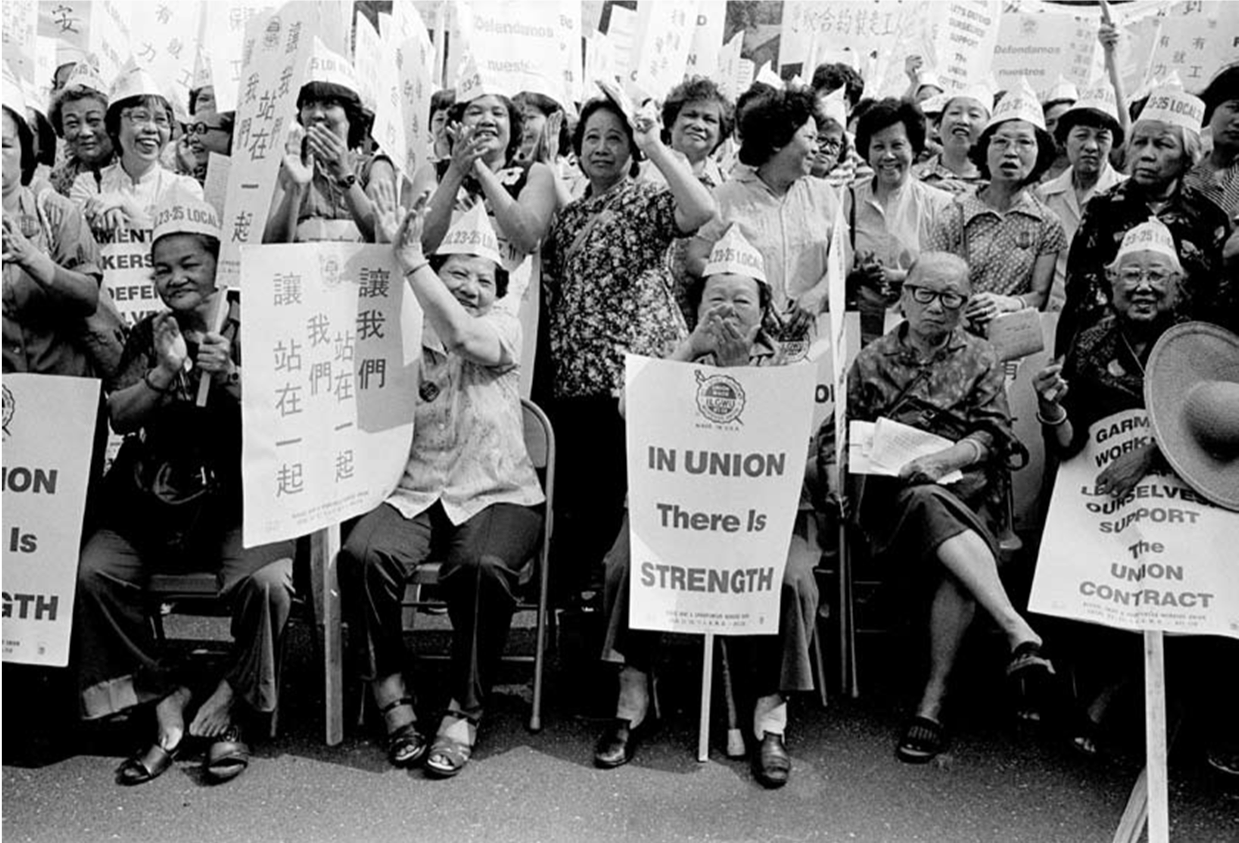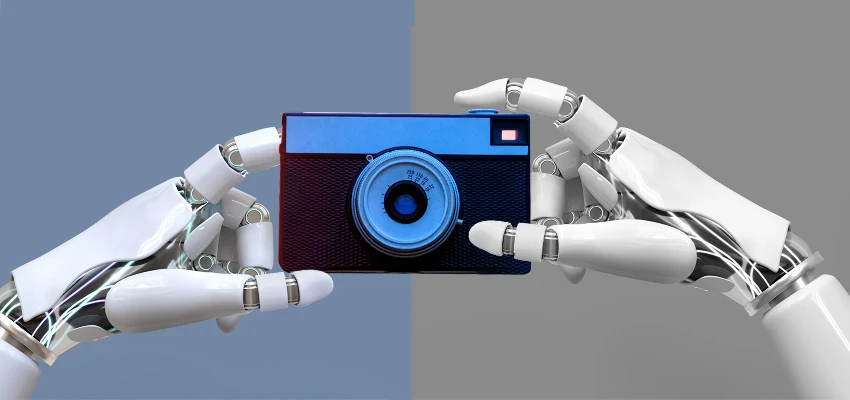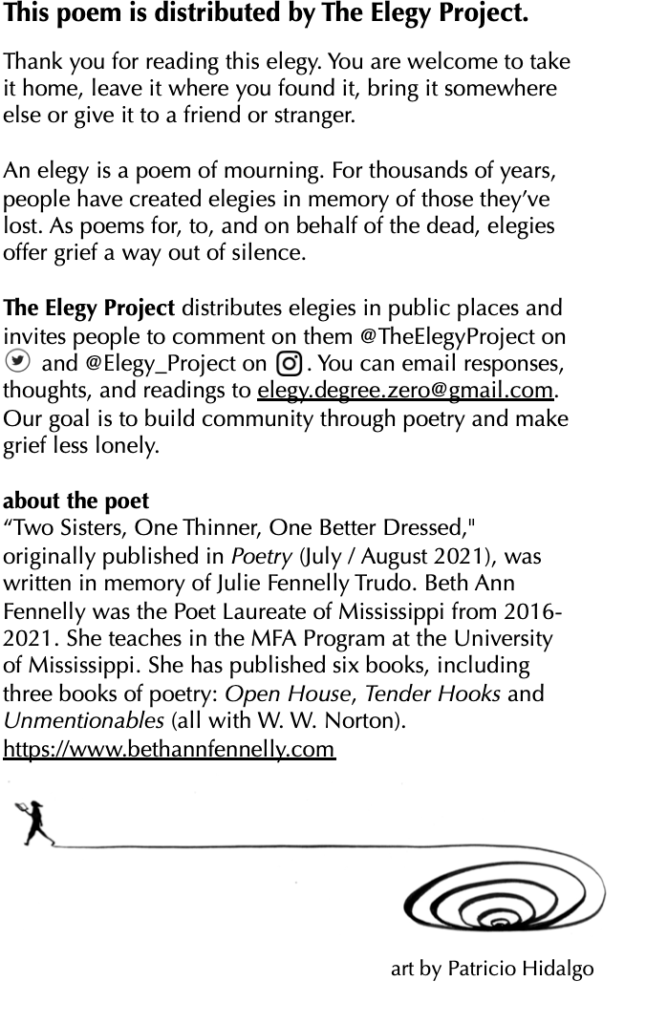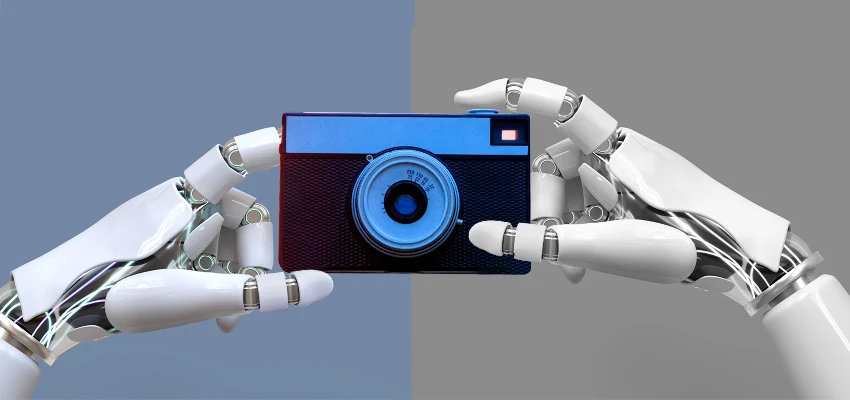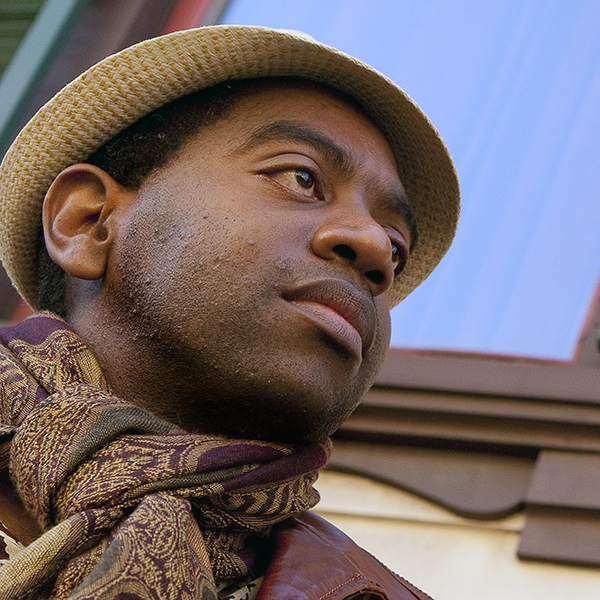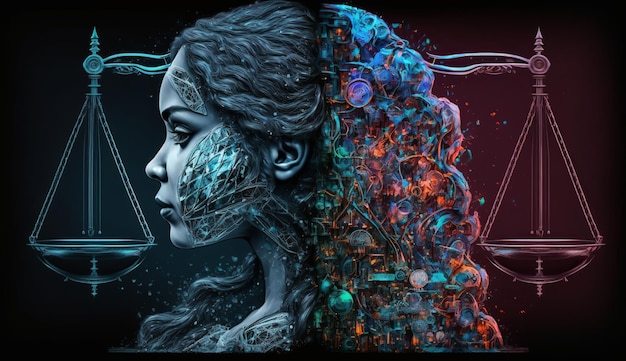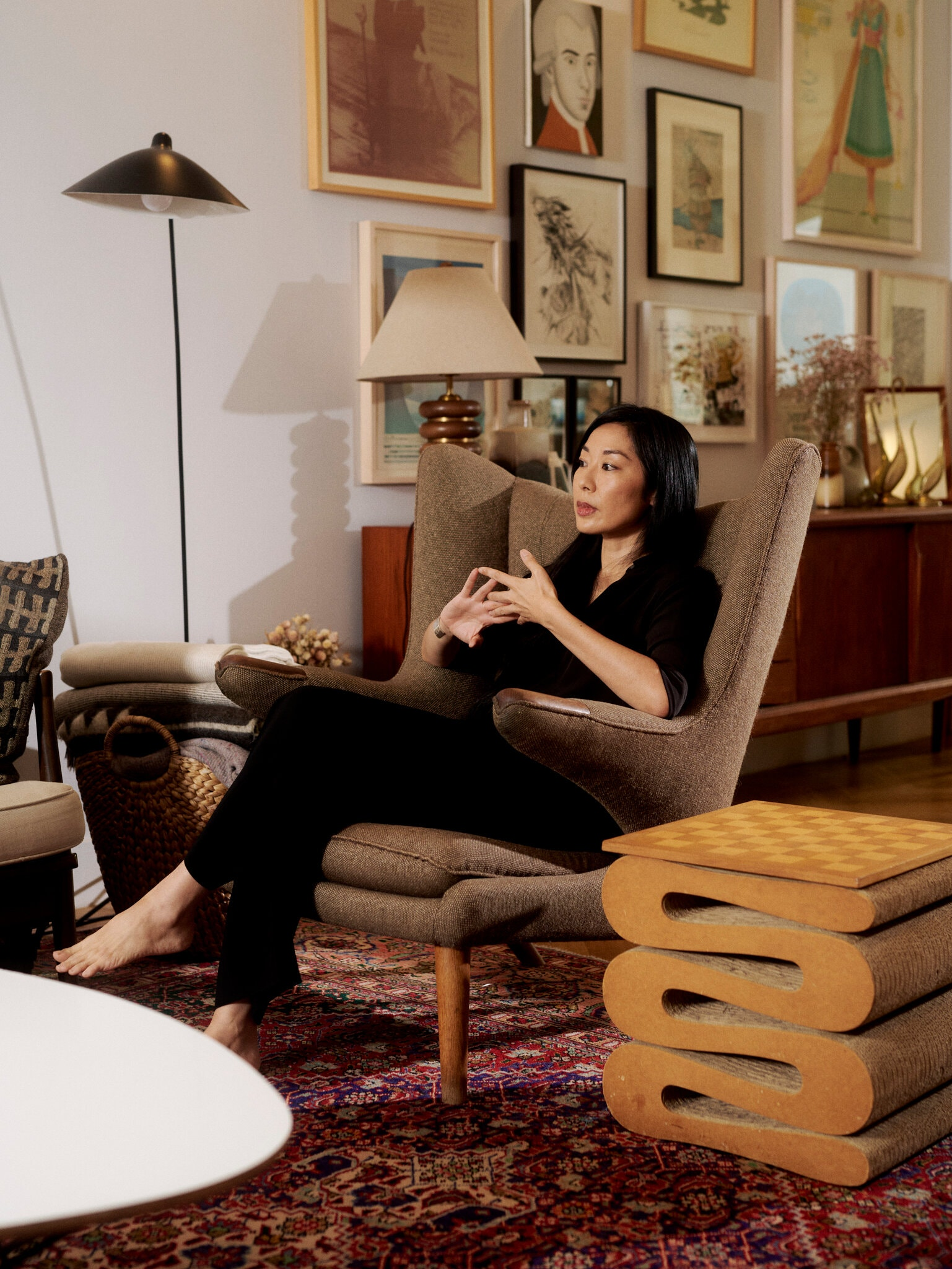Asian American women’s history is a rich tapestry woven with stories of resilience, activism, and cultural contributions. This often overlooked narrative sheds light on the pivotal roles that Asian women have played throughout American history, despite their marginalization. From the courageous legal battles fought by Chinese American women in the 19th century to contemporary voices challenging societal norms, Asian American women’s contributions are a testament to their strength and tenacity. Institutions like the Schlesinger Library are working to unearth and highlight these narratives through exhibits that encourage a deeper understanding of Asian American culture and heritage. By acknowledging and learning from this history, we can gain a more inclusive view of American identity and the diverse forces that have shaped it over time.
The history of women of Asian descent in America offers a compelling insight into their struggles and triumphs. Feminine narratives within Asian communities have often been sidelined, yet they encompass a wealth of experiences and achievements that reflect the broader Asian American heritage. Exhibits, such as those found at the Schlesinger Library, present an opportunity to explore Asian women’s history, revealing their vital roles as activists, leaders, and cultural bearers. This exploration not only enriches our understanding of Asian American culture but also recognizes the intersectionality between gender and ethnicity in the fight for equality. As we delve into these stories, we uncover the profound impact of Asian American women on both historical and contemporary society.
Unveiling Asian American Women’s History
The Schlesinger Library’s latest exhibit, “Illuminate: Contextualizing Asian American Women’s Stories Through the Archives,” serves as a crucial platform for rediscovering the often overlooked narratives of Asian American women. This exhibit highlights artifacts that date back over 150 years, showcasing the complexities of their experiences. As voices of history gradually emerge from the shadows, we are reminded that the contributions of Asian American women extend far beyond the limitations historically placed upon them. This initiative not only seeks to narrate their stories but also urges a deep reflection on the broader Asian American culture and its significance in American history.
The collection features a range of items, including photographs of Ainu and Visayan women who were subjects of a living exhibit in the 1904 World’s Fair, revealing the unsettling history of objectification and cultural commodification. This rich tapestry of Asian women’s history invites us to explore the power dynamics and colonial narratives that shaped their portrayal. Importantly, this exhibit challenges current perceptions of Asian American heritage, pushing us to reconsider the contributions and roles of Asian American women throughout history.
The Role of Education in Archiving Asian American Narratives
In an innovative educational approach, the Schlesinger Library partnered with students to co-create a deeper understanding of Asian American women’s narratives. The undergraduate course titled “Asian American Women’s History in the Schlesinger Library” was designed to equip students with the tools necessary to uncover stories that have long been relegated to obscurity. This collaborative model emphasizes the importance of critical engagement with historical materials, allowing students to actively participate in the preservation and interpretation of Asian American women’s history.
Through the analysis of archival materials, students like Sophia Wang explored pivotal moments in legal history that involved Asian American women. The case of Ah Fong, a Chinese woman who fought for her rights in a landmark legal battle, exemplifies the bravery and determination of women who navigated systemic injustices even when their stories were not documented. This academic endeavor highlights the vital role of education in recognizing and amplifying Asian American women’s contributions, thereby creating a more inclusive view of history.
Cultural Representation in Asian American Archives
Cultural representation plays a crucial role in understanding the impact of Asian American women’s contributions throughout history. The Schlesinger exhibit carefully curates artifacts that not only narrate individual stories but also reflect the collective experiences of Asian American communities. From political posters to comic books, the exhibit uses diverse media to illuminate the voices of women who have shaped Asian American culture across generations. This multimedia approach enriches the narrative, allowing for various facets of identity and struggle to be understood within the context of broader social movements.
The presence of contemporary artworks, such as those by Shaina Lu, adds another layer of meaning to the exhibit. By integrating modern artistic interpretations alongside archival materials, the Schlesinger Library bridges the past and the present, encouraging visitors to engage with these historical narratives creatively. Such representations underscore the ongoing relevance of Asian American women’s experiences, fostering a deeper appreciation for their enduring influence on social justice movements in the United States.
Empowering Asian American Women through Archiving
The act of archiving is an empowering tool for Asian American women, allowing them to reclaim their narratives and assert their positions within historical discourse. The Schlesinger Library’s initiative not only catalogs these stories but also honors the resilience and agency of women who have often been silenced. By archiving their contributions, these efforts seek to correct historical omissions and address the broader societal impacts of invisibility faced by Asian American women in both past and present contexts.
Moreover, the collaboration between students and archivists highlights an essential educational pathway for future generations to engage with their heritage. By participating in the research and preservation of these stories, students begin to understand the significance of Asian American women’s roles in shaping both cultural and political landscapes. This groundwork lays the foundation for a future where Asian women’s history is valued and recognized, encouraging ongoing dialogue and activism within Asian American communities.
Highlighting the Legacy of Asian American Women Activists
Throughout history, Asian American women have been at the forefront of activism and social change, a legacy that the Schlesinger Library aims to highlight through its collections. The exhibit draws attention to how these women participated in justice movements, from labor rights to civil rights, showcasing their significant yet often unrecognized efforts. By elevating the voices of Asian American women activists, the exhibit offers a comprehensive view of their contributions to American social justice movements, reinforcing their place in both Asian American culture and American history.
Local artists and historians celebrate this legacy by showcasing how Asian American women have used art and activism as tools for resistance and empowerment. For instance, Shaina Lu’s artwork reflects the spirit of those who bravely stood up against inequality and injustice. This artistic representation not only reinforces their historical significance but also serves as an inspiration for current and future activism, encouraging new generations to engage with causes that enhance both Asian American heritage and broader human rights.
Contextualizing Minority Narratives in American History
The exhibit at the Schlesinger Library serves as a critical reminder of how minority narratives, particularly those of Asian American women, have been marginalized in mainstream historical accounts. By situating their stories within the context of major historical events, such as the Chinese Exclusion Act and Japanese American internment, the exhibit highlights the intersections of race, gender, and immigration. Understanding this context is essential for recognizing how deeply intertwined these experiences are with the fabric of American history as a whole.
Furthermore, as visitors engage with these narratives, it becomes evident that acknowledging and including diverse perspectives is essential in reshaping our understanding of American history. The exhibit not only fosters awareness of Asian American women’s contributions but also challenges visitors to confront the systemic erasure of their stories. This consciousness-raising is crucial for promoting a more inclusive historical narrative, one that recognizes the integral role these women played in shaping contemporary society.
The Intersection of Education and Archival Research
The intersection of education and archival research is pivotal in broadening the narrative scope of Asian American women’s history. As students dive into the archives, they discover the richness of these stories and the importance of preserving them for future generations. The Schlesinger Library serves as a foundational site for this research, where education becomes an active pursuit of understanding and empathy. It cultivates a sense of responsibility among students to honor those whose voices have been often overlooked, fostering a deeper appreciation for their challenges and achievements.
Moreover, this educational approach aligns with the current calls for diversification in curricula across academic institutions. By prioritizing Asian women’s history and narrative through the lens of archival research, it advocates for a re-examination of traditional histories that have been predominantly Eurocentric. Empowering students to engage directly with these materials actively transforms the learners into advocates for equity in historical scholarship, bridging the gap between past and present.
The Continuing Struggle Against Erasure
The exhibit sheds light on the continuing struggle against the erasure of Asian American women from both historical and contemporary narratives. In exploring the archival lives of women like Ah Fong, students confront the reality that many Asian American voices have been systematically excluded from the mainstream historical discourse. This awareness is essential in addressing both past injustices and the ongoing neglect of these stories in today’s collective memory.
Recognizing this struggle is particularly vital in light of contemporary issues related to anti-Asian violence and discrimination that have surged during the COVID-19 pandemic. By foregrounding Asian American women’s experiences within this context, the exhibit challenges society to rethink how narratives are constructed and who is allowed to narrate them. Ultimately, this ongoing dialogue about representation is crucial for fostering a more just and inclusive society for all.
Art as a Means of Reflection and Representation
Art serves as a powerful medium for reflection and representation of Asian American women’s experiences, and this is vividly illustrated in the Schlesinger Library exhibit. By commissioning artists like Shaina Lu, the library emphasizes that art can transcend mere documentation; it can evoke emotions, provoke thoughts, and inspire movements. Through her translucent installations, Lu not only brings life to the archives but also invites viewers to engage with the stories on a deeper, more personal level.
This artistic approach enriches the understanding of Asian American women’s contributions to culture and society. It acts as a form of storytelling that honors those who have been objectified throughout history while simultaneously celebrating their resilience. By merging art with archival research, the exhibit creates a multifaceted narrative that continues to resonate with audiences, fostering a connection between past struggles and present realities.
Frequently Asked Questions
What is the significance of Schlesinger Library exhibits in Asian American women’s history?
The Schlesinger Library exhibits play a crucial role in Asian American women’s history by showcasing the often overlooked narratives and contributions of Asian American women over the past 150 years. This visibility helps to challenge the marginalization of their stories and enlightens audiences about their roles in American society.
How does the ‘Illuminate’ exhibit contextualize Asian American women’s contributions?
The ‘Illuminate’ exhibit at the Schlesinger Library contextualizes Asian American women’s contributions by displaying a diverse array of artifacts, such as photographs, political posters, and zines. These materials connect the experiences of Asian American women to significant historical events like the Chinese Exclusion Act and the Civil Rights Movement, thus enriching our understanding of their role in American history.
What can we learn about Asian American women’s heritage from the new exhibit?
The new exhibit sheds light on Asian American women’s heritage by revealing their longstanding presence and activism in American history. Through personal artifacts and stories, the exhibit encourages viewers to reconsider assumptions about their roles and the impact they have had on shaping American culture and society.
Why are Asian American women’s stories often invisible in the historical narrative?
Asian American women’s stories are often invisible in the historical narrative due to various factors, including their limited population representation and the tendency for their contributions to be marginalized or overlooked in traditional archival collections. The Schlesinger Library aims to address this issue by uncovering and celebrating their vital roles in history.
What impact did the 1904 World’s Fair have on the portrayal of Asian women in history?
The 1904 World’s Fair significantly impacted the portrayal of Asian women in history by showcasing them as ‘living exhibits,’ often reducing their identities to mere objects of curiosity. This commodification has led to the erasure and misrepresentation of their true stories, which contemporary scholars, like those at the Schlesinger Library, are now striving to rectify.
How does the Schlesinger Library support the study of Asian women history?
The Schlesinger Library supports the study of Asian women history by providing access to a rich archive of original documents, personal narratives, and scholarly collections that highlight the significant contributions of Asian American women. Additionally, collaborative educational programs, like the co-taught course on Asian American women’s history, foster research and engagement with these narratives.
In what ways are Asian American women at the forefront of justice movements?
Asian American women have been at the forefront of justice movements in various ways, including organizing against racism, advocating for immigrant rights, and participating in civil rights activism. Local artists and activists have emphasized that their contributions are essential to understanding the broader landscape of social justice in America.
What role did Asian American women play in legal advocacy historically?
Historically, Asian American women have played crucial roles in legal advocacy, as exemplified by the case of Ah Fong, who fought against unjust detainment at the Port of San Francisco. Their efforts often laid the groundwork for future legal precedents, influencing significant Supreme Court rulings on immigration and civil rights.
How does the exhibit challenge the traditional narratives of American history?
The exhibit challenges traditional narratives of American history by integrating the stories of Asian American women who have often been sidelined. By presenting their contributions within the wider context of American events, the exhibit advocates for a more inclusive understanding of how diverse experiences shape our collective history.
What can educators do to promote awareness of Asian American women’s history?
Educators can promote awareness of Asian American women’s history by integrating resources from exhibits like the Schlesinger Library into their curricula, encouraging discussions about representation and equity, and facilitating student-led projects that explore the contributions and experiences of Asian American women throughout history.
| Key Point | Details |
|---|---|
| Schlesinger Exhibit | The exhibit focuses on Asian American women’s often overlooked narratives in history. |
| Historical Artifacts | Includes photographs of Ainu and Visayan women from the 1904 St. Louis World’s Fair, which underlines their marginalization. |
| Research Collaboration | Developed alongside a course on Asian American Women’s History, emphasizing student involvement in uncovering stories. |
| Focus on Erasure | Students analyzed the erasure of Asian American women from historical narratives. |
| Contemporary Narratives | Modern collections showcase Asian American women’s voices, contrasting with earlier silencing. |
| Legal Pioneers | Ah Fong’s court case highlighted the struggles and resilience of Asian American women. |
| Integration of Art | Artwork by Shaina Lu aims to illuminate the historical narratives of Asian American women. |
| Exhibit Significance | The exhibit invites a reconsideration of American history through the lens of Asian American women’s contributions. |
Summary
Asian American women’s history is rich and diverse, yet often remains underrepresented in mainstream narratives. The Schlesinger Library’s recent exhibit, ‘Illuminate: Contextualizing Asian American Women’s Stories Through the Archives,’ sheds light on this largely invisible past, illustrating the significant yet overlooked roles that Asian American women have played in shaping American history. Through a blend of historical artifacts, collaborative research, and contemporary artistic expressions, the exhibit encourages a reevaluation of the contributions and experiences of Asian American women, highlighting their resilience and the importance of their narratives in the broader context of U.S. history.
